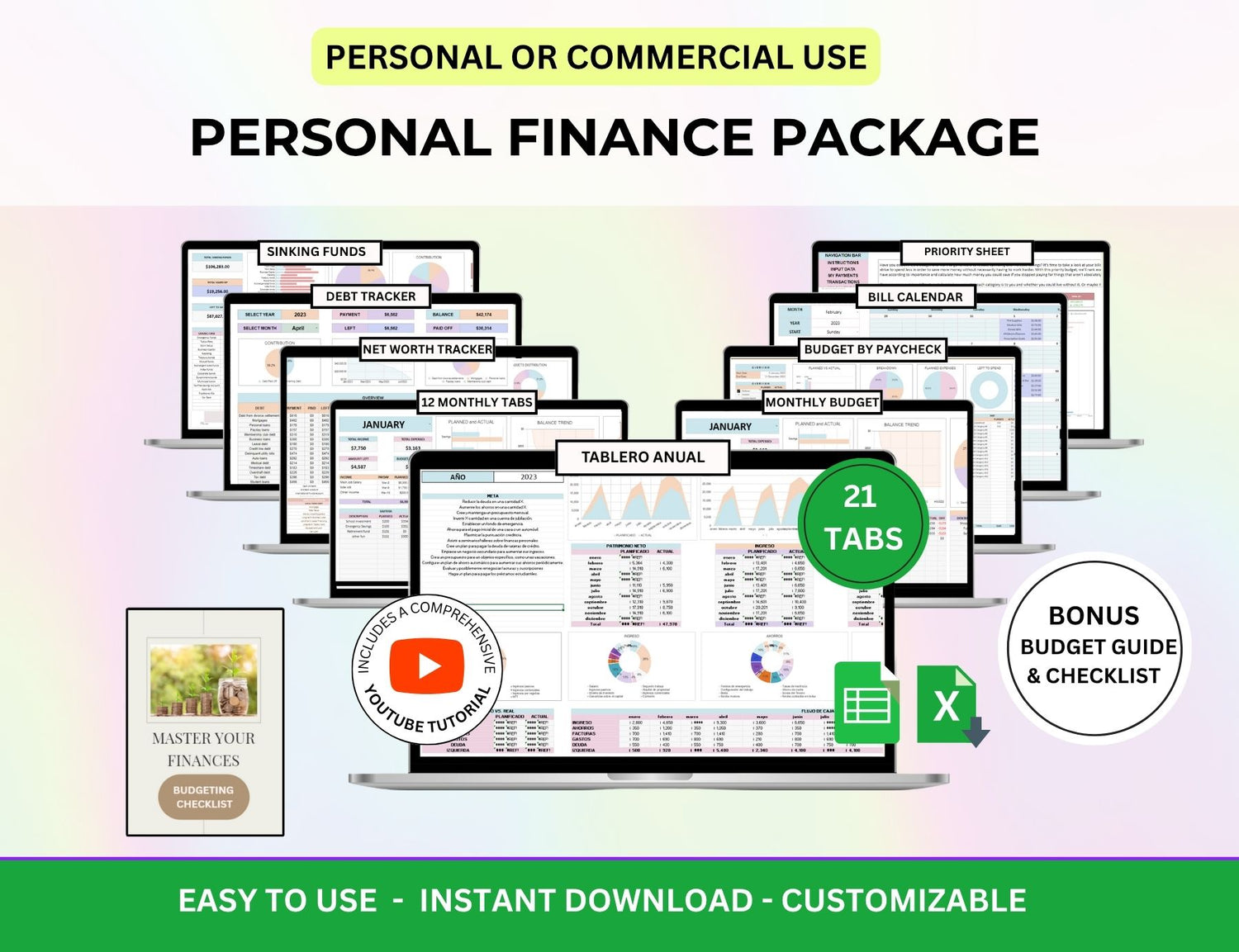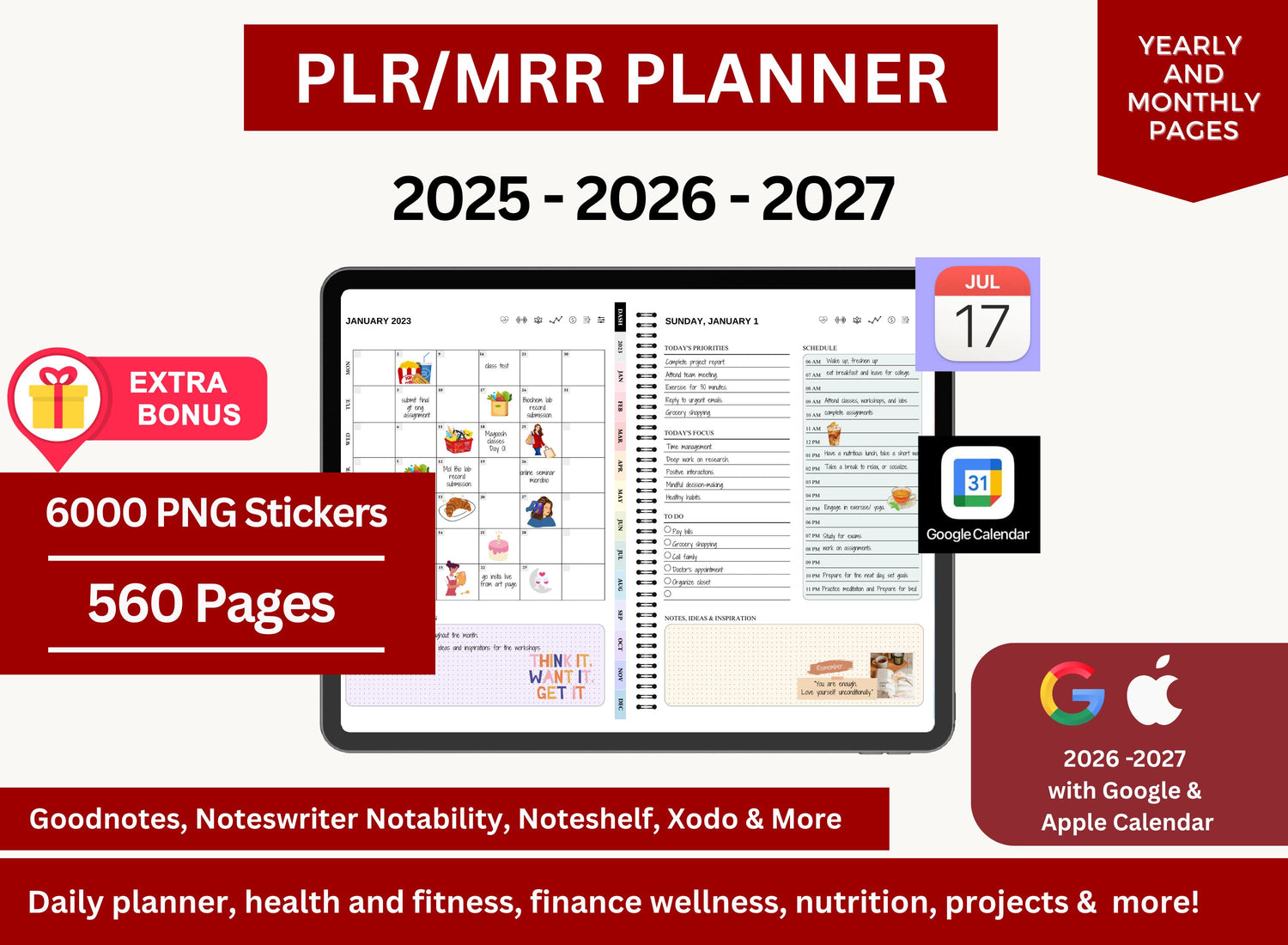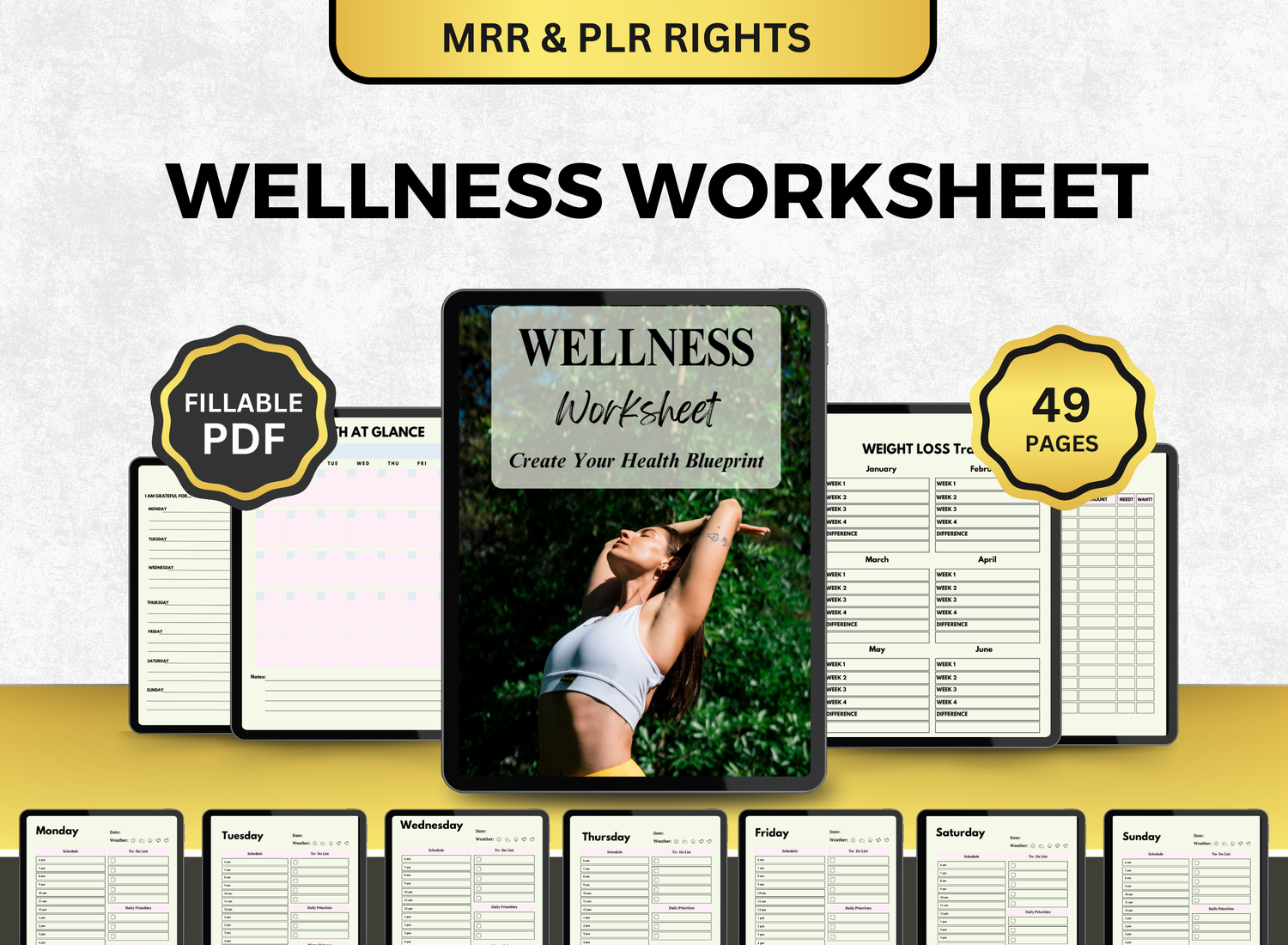I Bought a $17 PLR Product and Turned It Into $3,200… Here’s Exactly How
It started with hesitation.
I remember staring at the sales page for what felt like an absurd amount of time. It was a $17 PLR bundle—a set of digital planners, apparently editable in Canva, complete with a few worksheets and a short eBook on "mindful productivity." The product looked decent. Clean design. Usable content. Nothing groundbreaking, but solid.
Still, I hesitated.
It felt like a risk, even though, logically, $17 wasn’t going to break my bank account. But the doubt wasn’t really about the money. It was more about me. Would I actually do something with it? Would I follow through? Or was I just collecting digital stuff, convincing myself it counted as productivity?
I bought it anyway.
TL;DR
What Happened |
What I Did |
Why It Worked |
|
Bought a $17 PLR product → made $3,200 |
Tweaked it, niched it, and built a simple funnel |
It solved a real problem—and I didn’t overthink it |
Why PLR Made Sense (Eventually)
Before this, I had toyed with selling digital products on Etsy. A planner here, a printable there. Nothing consistent. I didn’t have the time to design everything from scratch, and hiring help felt premature. I was making a little money, sure—enough to call it a side hustle—but not enough to feel like it had real momentum.
So PLR, or Private Label Rights content, started to make more sense. If you're unfamiliar: PLR lets you buy pre-made digital products that you can edit, rebrand, and resell. It saves time. A lot of time. Honestly, it’s a bit like buying a template for a business idea. It doesn’t guarantee success, but it gives you something to start with.
In my case, that $17 bundle came with:
- A 30-page productivity planner (Canva template)
- A 10-page "intro to mindfulness" guide (Word + PDF)
- Five worksheets
- Resell rights (yes, master resell rights, but I’ll come back to that)
It wasn’t flashy. But it had potential. Or, at least, it seemed like it could.
(An example of a PLR planner; productivity planner.)

Step 1: I Made It Mine
The first thing I did was open the planner in Canva. It looked... fine. Functional. But also, generic. Like something you'd scroll past in a sea of other digital planners. It felt like it could be anything to anyone—and maybe that was the issue.
So I changed it.
Colors, fonts, layout—almost every page got some kind of tweak. I added small motivational quotes on a few pages. Adjusted the language to sound more conversational. Included two extra pages based on what I personally use in my daily workflow. Was it a total overhaul? No. But it felt different by the time I was done. More me, I guess.
The eBook needed more work. The structure was there, but the writing felt robotic. Like it had been copy-pasted from five different blog posts with no actual voice behind it. I rewrote most of it, added a personal anecdote about burnout (it was true, mostly), and included a simple exercise at the end of each section.
In total, it took me a weekend. Maybe 10 hours. Not nothing, but less time than I would’ve spent building something like this from scratch.
Step 2: I Picked a Niche (Kind Of)
Here’s the thing: everyone says "pick a niche," but no one tells you what to do when your interests don’t neatly fit into one. Productivity, wellness, mindset, journaling—they all sort of overlap. I decided to position my product for freelancers and solopreneurs. People like me.
It wasn’t a perfect choice. There are a million products for that crowd already. But it gave me a clear voice, and more importantly, a real understanding of the user. I could picture them.
I renamed the product "The Grounded Goals Toolkit."
Again, not revolutionary. But it sounded human. Like something someone might actually use.
And did I wonder if that was too soft a title? Yeah. For a moment. But I went with it anyway.
(An example of a PLR product bundle; PLR girl bundle - planner, ebook, self care, etc.)
Step 3: I Created a Simple Funnel
I didn’t just list the product on Etsy and hope for the best. Though Etsy was part of my plan, I also wanted to capture emails. Build an audience. Something I could reuse later.
So I:
- Made a landing page with ConvertKit (free tier)
- Offered the first 5 pages of the planner as a freebie
- Connected the opt-in to a 3-email sequence
- Listed the full product as a $12 digital download on Etsy
I also bundled the eBook and worksheets into a separate offer for Gumroad. Different platforms, slightly different audiences.
The real magic came from Pinterest.
Step 4: Pinterest (Still Shocked This Worked)
I had no following. Zero.
But I made 10 pins. Just simple graphics in Canva with titles like:
- "Stuck in a rut? Try this goal-setting planner that actually works."
- "Free planner sample for solopreneurs (you’ll want the full version though)."
I used keywords. Scheduled them with Tailwind. Forgot about it for a bit.
And then the clicks started. Slowly. A few visits a day. Then more.
By the end of the first month, 1,200 people had visited my landing page.
About 230 downloaded the freebie.
40 bought the full product.
That’s $480 in revenue.
From a $17 purchase and some weekend effort. Not earth-shattering, but encouraging. And it compounded.
Step 5: I Repurposed (and Upgraded)
After the initial success, I didn’t stop.
I took the same content and repackaged it:
- Created a "Q1 Goal Reset" version of the planner
- Made a "freelancer reflection journal" from the worksheets
- Turned the eBook into a Notion dashboard script
These weren’t huge changes. But each one gave me something new to promote.
I listed the updates as fresh products on Etsy. Sent a quick email to my tiny (but growing) list. Promoted the journal in a couple of Facebook groups. A few people even reached out with kind messages about the design.
By month three, I was past $2,000 in total revenue.
I started offering the resell rights as a higher-tier option. That alone brought in another $1,200 from just six buyers.
(An example of a customizable PLR spreadsheet; task tracker and to-do list spreadsheet.)
A Quick Word on Master Resell Rights
Not all PLR comes with master resell rights (MRR). In this case, I double-checked the license before offering it. Some sellers explicitly forbid resale of the rights themselves, even if they allow you to sell the product.
If you’re unsure, always contact the creator. I did. They confirmed MRR was included.
Selling the product and the ability for someone else to resell it gave me a whole new audience: other digital product sellers. Which, ironically, is a big market in itself.
And I won’t lie—part of me did feel weird about that. Like I was just reselling a resellable thing. But the value was real. I had reworked it. That counted.
What I Learned (Some of It the Hard Way)
Not everything worked. A few lessons:
- Generic doesn’t sell. You have to niche down or add something that feels specific and relevant.
- Cheap doesn’t mean easy. That $17 was only worth it because I did the work to make it valuable.
- People can tell when you didn’t try. My least edited version got the worst feedback. No surprise there.
- Marketing matters more than you think. Pinterest outperformed Etsy in traffic. Email converted better than Etsy messages.
And maybe the most important: done is better than perfect. I wasted time second-guessing the copy, the colors, the file formats. None of that mattered as much as I thought.
(An example of a PLR ready-to-use template; teeth whitening social media post templates.)
Is This Typical? Probably Not.
I want to be clear: this isn’t some plug-and-play get-rich-quick story. I had some design experience. I understood how to write an email sequence. And yes, I got lucky with timing. January is a great month for goal-setting products.
But also, this didn’t require magic. Or money. Just focused effort, and a willingness to make something better than I found it.
And honestly, I think more people could do it.
If you're thinking about selling digital products—whether on Etsy, Gumroad, or even your own site—PLR can be a smart way in. It’s not cheating. It’s a shortcut to building momentum. And sometimes, momentum is the hardest thing to find.
Even if you don’t make thousands, it might be enough to get the ball rolling.
Final Thoughts (If You’re Still Unsure)
You don’t have to use PLR. You can build everything from scratch. Many people do. But if you’re struggling to get started, or burning out trying to do it all, it’s worth looking into.
$17 changed my workflow. Maybe not my life—not yet. But enough to prove this model works.
It can be a real side hustle. It can generate passive income. And for some, like Rachel Jimenez or Mak (both featured in The Sun and The Sun UK), it becomes more than just a hustle.
Would I do it again?
Yes.
In fact, I already have.
And I might do it again next weekend.










